

Articles
How To Use Skil Laser Level
Modified: August 21, 2024
Learn how to use the Skil Laser Level with our informative articles. Discover tips and tricks for accurate leveling and improving your construction projects.
(Many of the links in this article redirect to a specific reviewed product. Your purchase of these products through affiliate links helps to generate commission for Storables.com, at no extra cost. Learn more)
Introduction
Welcome to our guide on how to use the Skil Laser Level! Whether you are a DIY enthusiast, a homeowner, or a professional contractor, having a laser level can greatly simplify your projects and ensure accurate measurements and alignments. Skil is a trusted brand in the industry, known for their reliable and high-quality tools. In this article, we will walk you through the steps of using the Skil Laser Level effectively, from safety precautions to troubleshooting common issues.
Before we dive into the details, it’s important to note that using a laser level requires some basic knowledge and understanding of how it works. The Skil Laser Level emits a highly visible laser beam which can be used as a reference point for various applications, such as aligning pictures, installing cabinets, or laying tiles.
However, it’s essential to follow safety precautions when working with the laser level. Always wear protective eyewear to shield your eyes from the laser beam, and never look directly into the beam. Additionally, avoid pointing the laser beam at people or animals, as it can potentially cause harm.
Now that we have covered the importance of safety, let’s familiarize ourselves with the Skil Laser Level. The laser level consists of several components, including the laser unit, leveling bubble, and controls. It’s important to understand each component and its purpose before using the laser level.
Furthermore, the Skil Laser Level has different modes and settings to suit various tasks. By understanding these modes, you can maximize the functionality of the laser level and achieve precise and accurate results.
In the next sections, we will guide you through the process of setting up the Skil Laser Level, calibrating it for accuracy, and using it for different applications. We will also provide tips and tricks to improve your efficiency and troubleshoot common issues that may arise during your laser-leveling tasks.
So, let’s get started and unlock the potential of the Skil Laser Level to elevate your projects to a whole new level of accuracy and professionalism.
Key Takeaways:
- Elevate your projects with the Skil Laser Level by prioritizing safety, understanding its components and modes, and utilizing additional accessories for enhanced functionality. Achieve professional results with ease and precision.
- Maximize the potential of your Skil Laser Level by setting it up properly, calibrating it for accuracy, and using it effectively for various applications. Incorporate maintenance and troubleshooting techniques to ensure consistent performance and reliable results.
Safety Precautions
When using the Skil Laser Level, it is crucial to prioritize safety to protect yourself and others from potential harm. Here are some important safety precautions to keep in mind:
Wear protective eyewear: Always wear appropriate protective eyewear when operating the Skil Laser Level. The laser beam emitted by the level is highly concentrated and can be harmful to the eyes. Protective eyewear will safeguard your vision and minimize the risk of accidental injury.
Avoid looking directly into the laser beam: Never look directly into the path of the laser beam. The light emitted by the laser can be intense and potentially cause damage to your eyes. It is important to always be mindful of the laser’s direction and avoid direct exposure.
Do not point the laser beam at people or animals: Never intentionally point the laser beam at people, animals, or any living beings. The laser beam can cause harm, or at the very least, discomfort to individuals or animals. Always be aware of your surroundings and ensure that the laser beam is directed away from anyone nearby.
These safety precautions may seem simple, but they are of utmost importance when working with a laser level. By following these guidelines, you can minimize the risk of accidents and ensure a safe and productive work environment.
In addition to these safety precautions, it is also recommended to read and familiarize yourself with the manufacturer’s safety instructions and guidelines specific to your Skil Laser Level. Familiarize yourself with any additional safety features or warnings provided by Skil to ensure safe usage.
Remember, safety should always be your top priority when operating any type of tool or equipment. Take the necessary precautions to protect yourself and those around you, and enjoy the convenience and precision that the Skil Laser Level offers.
Familiarizing with the Skil Laser Level
Before using the Skil Laser Level, it’s important to familiarize yourself with its components, as well as understand the different modes and settings. This knowledge will help you make the most out of your laser leveling tasks. Let’s dive into the details:
Understanding the components: The Skil Laser Level consists of several key components that contribute to its functionality. These include the laser unit, leveling bubble, and controls. The laser unit is responsible for emitting the laser beam, which serves as the reference point for your leveling or alignment tasks. The leveling bubble helps you ensure that the laser level is perfectly leveled, providing accurate results. The controls allow you to adjust the laser beam and switch between different modes and settings. Familiarize yourself with each component and its purpose to effectively operate the Skil Laser Level.
Learning about the different modes and settings: The Skil Laser Level typically offers various modes and settings to cater to different applications. It’s important to understand these modes to ensure you select the most appropriate one for your specific task. Some common modes include horizontal leveling, vertical leveling, and cross-line projections. Horizontal leveling mode is useful when you need to align objects horizontally, such as installing shelves or cabinets. Vertical leveling mode is ideal for tasks like hanging pictures or aligning tiles. Cross-line projections mode projects both horizontal and vertical lines simultaneously, allowing for precise alignments. Take the time to explore the different modes and settings available on your Skil Laser Level and understand how they can be applied to different projects.
In addition to the basic components and modes, some Skil Laser Levels may offer additional features such as pulse mode, self-leveling, or remote control functionality. Take the time to read the user manual provided by Skil to fully understand the capabilities and functionalities of your specific model. This knowledge will help you utilize the laser level to its fullest potential.
By familiarizing yourself with the components and learning about the different modes and settings, you will be well-prepared to use the Skil Laser Level effectively. This understanding will allow you to confidently tackle a wide range of projects and achieve accurate and professional results.
Setting up the Skil Laser Level
Setting up the Skil Laser Level is an important step to ensure accurate results. Let’s walk through the necessary steps for a successful setup:
Choosing a suitable location: Start by selecting a suitable location for your laser level. Look for a flat and stable surface where the laser level can be positioned securely. Avoid areas prone to vibrations or movement, as this can affect the accuracy of the laser beam. Additionally, consider the distance and visibility required for your project and choose a location that provides optimal line-of-sight to the areas you need to level or align.
Mounting the laser level securely: Once you have chosen the location, it’s time to mount the laser level securely. Many Skil Laser Levels come with mounting brackets or accessories that allow you to attach the laser level to walls, tripods, or other surfaces. Follow the manufacturer’s instructions and ensure that the mounting bracket is firmly secured. Make sure the laser level is leveled both horizontally and vertically using the built-in leveling bubble or any included leveling indicators. It is crucial to have a stable and leveled base for accurate measurements.
Adjusting the leveling bubble: The leveling bubble on the Skil Laser Level serves as a visual indicator to ensure proper alignment. Before turning on the laser level, make sure the bubble is centered between the two lines in the bubble vial. If the bubble is off-center, use the leveling screws or knobs to make the necessary adjustments until the bubble is perfectly centered. This step is crucial for accurate results and should not be skipped.
Remember, the setup process is vital in obtaining precise measurements and alignments with your Skil Laser Level. Taking the time to choose the right location, securely mount the laser level, and ensure the leveling bubble is centered will set you up for success in your laser-leveling tasks.
Calibrating the Laser Level
Calibrating the Skil Laser Level is an important step to ensure accurate readings and reliable performance. Here are the key steps for calibrating your laser level:
Checking the accuracy of the level: Before starting your project, it’s crucial to verify the accuracy of the laser level. Place the laser level on a stable surface and turn it on. Check the laser beam that it projects against a reference point, such as a wall or a leveling rod. Use a measuring tape or a level to ensure that the laser line is perfectly horizontal or vertical, depending on the mode you are using. If the laser line is not aligned with the reference point or if it deviates from the level position, the laser level may need calibration.
Making necessary adjustments: If you find that your Skil Laser Level is not providing accurate readings, it may require some adjustments. Most laser levels come with calibration screws or knobs that allow you to fine-tune the laser’s position and alignment. Refer to the manufacturer’s instructions for specific guidance on making these adjustments. Typically, you will need to use a small screwdriver or tool to turn the calibration screws or knobs and align the laser line with the reference point. Make small adjustments and check the accuracy after each adjustment until you achieve the desired results.
It’s important to note that calibration may not be needed for all laser levels, especially if you have a self-leveling model. Self-leveling laser levels automatically adjust to ensure accurate readings and eliminate the need for manual calibration. However, it’s still a good practice to check the accuracy of the laser level periodically, especially if you have been using it in challenging or rugged conditions.
By checking the accuracy of the level and making necessary adjustments, you ensure that your Skil Laser Level is providing accurate and reliable measurements. Calibration will help you achieve precise alignments and create professional results for your projects.
When using a Skil laser level, make sure to set it on a stable surface and adjust the level bubble to ensure accuracy. Also, always double-check the laser line against a traditional level for precision.
Read more: How To Use A Laser Level
Using the Skil Laser Level
Now that you have set up and calibrated your Skil Laser Level, it’s time to explore how to use it effectively. Here are the key steps for using the laser level:
Turning on the laser level: Start by turning on the laser level using the power button or switch. Some models may have additional settings or modes that can be accessed through the control panel. Make sure to familiarize yourself with the specific functions and features of your Skil Laser Level to maximize its capabilities.
Adjusting the horizontal and vertical lines: Once the laser level is turned on, you can adjust the horizontal and vertical lines according to your project requirements. Many laser levels feature control knobs or buttons that allow you to fine-tune the lines’ position and length. Use these controls to align the laser lines with the desired reference points or marks on your project surface. Take your time to ensure accurate alignment, as this step is crucial for achieving precise measurements and alignments.
Using the laser level for various applications: The Skil Laser Level can be used for a wide range of applications, from simple household projects to professional construction and remodeling tasks. Here are a few examples of how you can utilize the laser level:
- Aligning pictures and artwork on walls: Use the horizontal or vertical lines projected by the laser level to ensure your pictures are level and evenly spaced.
- Installing cabinets or shelves: The laser level can help you align and level cabinets or shelves, ensuring a professional and precise installation.
- Laying tiles or flooring: Create straight and even lines for tile or flooring installations using the laser level’s horizontal or vertical projections.
- Creating level lines for painting: Use the laser level to project straight and level lines on the walls, making it easier to paint clean and professional-looking edges.
- Checking door and window alignments: The laser level can help you quickly identify any misalignments in door or window frames, allowing for prompt corrective action.
These are just a few examples of how the Skil Laser Level can be used in various applications. Get creative and explore the possibilities in your projects, always keeping in mind the accuracy and precision that the laser level provides.
Remember to read the user manual provided by Skil for any specific guidelines or recommendations related to using the laser level. This will ensure that you make the most out of its features and maximize its effectiveness.
Using the Skil Laser Level can elevate your projects to a whole new level of accuracy and professionalism. Embrace the versatility and convenience of this tool and unlock endless possibilities in your DIY or professional endeavors.
Tips and Tricks for Efficient Use
To make the most out of your Skil Laser Level and ensure efficient and accurate use, here are some helpful tips and tricks to consider:
Taking accurate measurements: When using the laser level, it’s crucial to take accurate measurements to achieve precise alignments. Use a measuring tape or ruler to mark reference points or distances on your project surface before turning on the laser level. This will help you align the laser lines more accurately and ensure the desired positioning of objects or installations.
Utilizing the self-leveling feature: If your Skil Laser Level has a self-leveling feature, make sure to utilize it. This feature automatically adjusts the laser level to ensure that the lines are perfectly horizontal or vertical. It saves time and effort in manually adjusting the lines and improves the accuracy of your measurements. However, do note that the self-leveling feature requires a relatively level surface, so be mindful of any uneven or sloping areas in your workspace.
Using additional accessories for enhanced functionality: Explore the availability of additional accessories that can enhance the functionality of your Skil Laser Level. Some laser levels support attachments such as laser detectors or target cards, which extend the range or visibility of the laser lines. Laser detectors allow you to work in bright or outdoor environments where the laser lines may be less visible. Target cards help you pinpoint specific areas or points of reference accurately. Check the compatibility of these accessories with your model and consider using them when needed.
Remember to regularly clean and maintain your Skil Laser Level to ensure optimal performance. Dust or debris on the laser unit can affect the visibility and accuracy of the laser lines. Use a soft, lint-free cloth to wipe the unit and remove any dirt or smudges. Store the laser level in a protective case or pouch when not in use to prevent any damage.
Incorporating these tips and tricks into your laser-leveling tasks will not only improve efficiency but also contribute to more professional and accurate results. Experiment with different techniques and adjust as needed to suit your specific projects and working conditions.
By harnessing the power of your Skil Laser Level and implementing these best practices, you can tackle your projects with confidence, precision, and efficiency.
Maintenance and Care
To ensure the longevity and optimal performance of your Skil Laser Level, it’s important to incorporate proper maintenance and care practices into your routine. Here are some key maintenance tips to keep your laser level in great shape:
Cleaning the laser level: Regularly clean the laser level to remove dust, dirt, or any other debris that may accumulate on the unit. Use a soft, lint-free cloth or a slightly damp cloth to wipe the exterior surfaces of the laser level. Be gentle to avoid scratching or damaging the laser unit. Pay special attention to the lens, as any smudges or dirt on it can affect the visibility and accuracy of the laser beam. If needed, use a lens cleaning solution and lens cleaning tissue to clean the lens. Avoid using harsh chemicals or abrasive materials that may damage the laser level.
Storing the laser level properly: When not in use, it’s essential to store the laser level properly to protect it from damage and ensure its longevity. Ideally, store the laser level in the protective case or pouch that came with it. This will shield it from dust, moisture, and potential impacts. Keep the laser level in a dry and secure location, away from extreme temperatures or humidity. If you need to store the laser level for an extended period, remove the batteries to prevent any potential battery leakage or corrosion.
Additionally, it’s advisable to periodically check the battery compartment for any signs of corrosion. If you notice any corrosion, carefully clean the affected area using a cotton swab and some rubbing alcohol. Ensure that the battery compartment is dry before inserting new batteries.
Regularly inspect the power cord, if applicable, for any signs of wear or damage. If you notice any frayed wires or other issues, discontinue use and contact the manufacturer for repairs or replacement.
Frequent usage may cause the laser level to lose its accuracy over time. If you notice any discrepancies or inconsistencies in the laser lines, consider recalibrating the laser level or seeking professional calibration services. Consult the manufacturer’s instructions or manual for further guidance on calibration for your specific model.
By following these maintenance and care practices, you can extend the lifespan of your Skil Laser Level and ensure that it continues to perform accurately and reliably for your future projects.
Troubleshooting Common Issues
While the Skil Laser Level is designed to be reliable and accurate, occasionally you may encounter some common issues. Here are a few troubleshooting tips to help address these problems:
Dealing with inaccurate readings: If you notice that your Skil Laser Level is providing inaccurate readings, there are a few things you can check:
- Ensure that the laser level is mounted securely and level on a stable surface. Even slight instability can affect the accuracy of the laser lines.
- Verify that the leveling bubble is properly centered. If it is off-center, make the necessary adjustments to level the laser unit.
- Check for any obstructions or dirt on the lens or laser unit. Clean the lens and wipe the laser unit to remove any debris that may be affecting the visibility and accuracy of the laser lines.
- Recalibrate the laser level if needed. Follow the manufacturer’s instructions for calibration and make any necessary adjustments to align the laser lines with a reference point.
If the issue persists after these troubleshooting steps, consult the user manual or reach out to the manufacturer’s customer support for further assistance.
Addressing battery or power-related problems: If you experience issues with the power supply or battery life of your Skil Laser Level, consider the following:
- Ensure that the batteries are properly inserted according to the manufacturer’s instructions. Check for any corrosion or damage in the battery compartment and clean if necessary.
- Replace the batteries with fresh ones if they are running low or have been in use for an extended period. Lower battery voltage can affect the performance of the laser level.
- Consider using high-quality batteries to ensure reliable power and longer battery life. Rechargeable batteries can also be a cost-effective and environmentally-friendly option.
- If your laser level has a power cord, check for any signs of wear or damage. Ensure that the cord is securely connected to both the laser level and the power source.
If you continue to experience power-related problems, it is advisable to consult the user manual or contact the manufacturer’s customer support for further assistance.
Remember that proper maintenance, calibration, and following the manufacturer’s guidelines are crucial to maintaining the performance of your Skil Laser Level. By troubleshooting common issues and seeking appropriate solutions, you can overcome any challenges and continue to use your laser level effectively.
Read more: How To Use A Self Leveling Laser Level
Conclusion
Using the Skil Laser Level can greatly simplify your projects and ensure accurate measurements and alignments. By following the safety precautions, familiarizing yourself with the components and modes, setting up the laser level properly, calibrating it for accuracy, and using it effectively for various applications, you can achieve professional results with ease.
Remember to prioritize safety by wearing protective eyewear, avoiding direct exposure to the laser beam, and never pointing it at people or animals. Familiarize yourself with the components and modes of the Skil Laser Level to maximize its functionality and versatility.
Properly setting up the laser level by choosing a suitable location, securely mounting it, and adjusting the leveling bubble is essential for accurate readings and alignments. Calibrating the laser level ensures its accuracy and reliable performance, while taking advantage of the self-leveling feature simplifies the leveling process.
By utilizing additional accessories and following tips for efficient use, such as taking accurate measurements and maintaining the laser level, you can enhance your productivity and achieve precise results in a wide range of projects.
In the event of common issues, troubleshooting techniques such as dealing with inaccurate readings or addressing battery or power-related problems can help you overcome challenges and ensure consistent performance from your Skil Laser Level.
In conclusion, the Skil Laser Level is a valuable tool that can elevate your projects and help you achieve professional-quality results. With proper understanding, setup, and maintenance, you can harness the power of this tool and unlock new levels of accuracy and efficiency in your DIY or professional endeavors.
Frequently Asked Questions about How To Use Skil Laser Level
Was this page helpful?
At Storables.com, we guarantee accurate and reliable information. Our content, validated by Expert Board Contributors, is crafted following stringent Editorial Policies. We're committed to providing you with well-researched, expert-backed insights for all your informational needs.
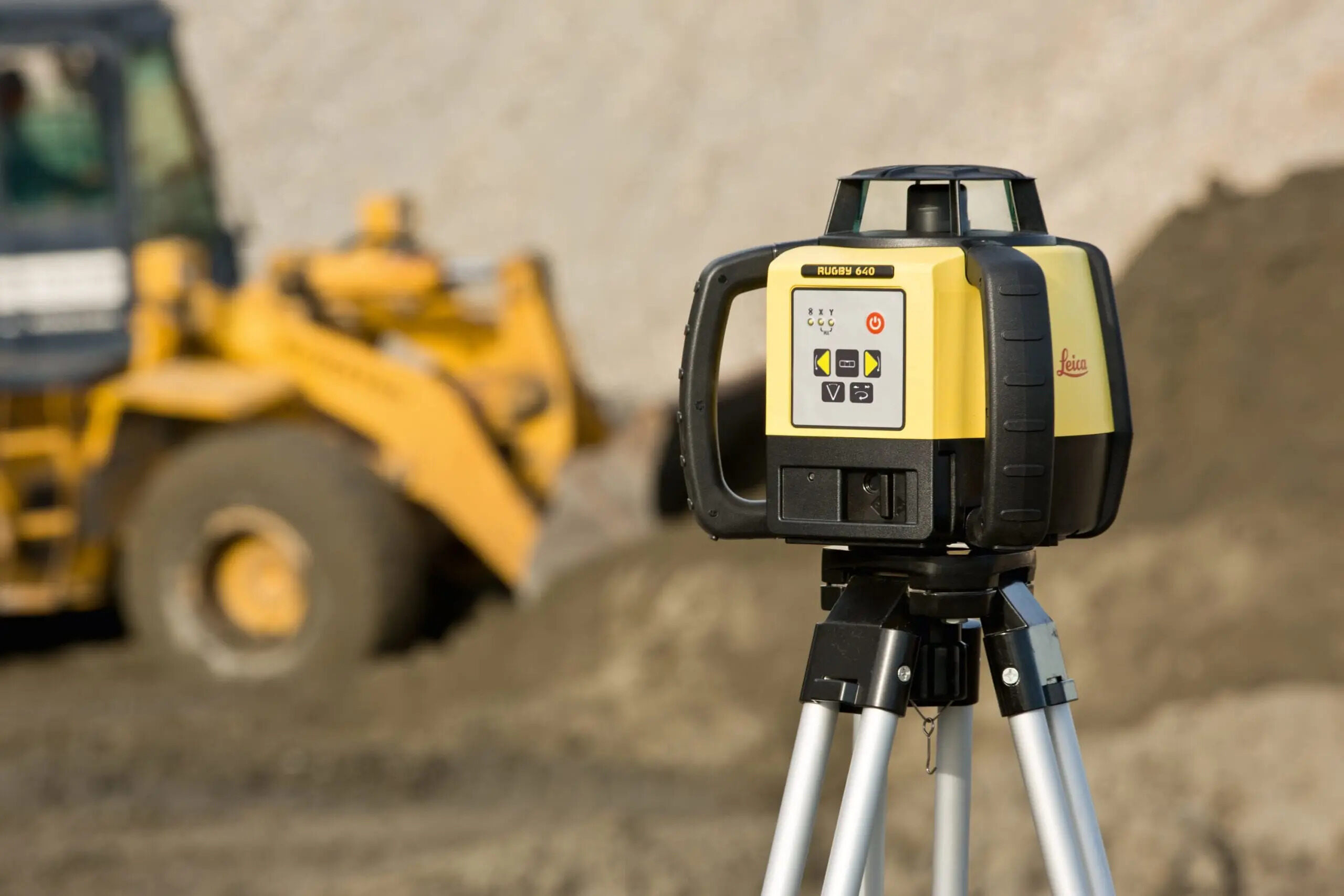
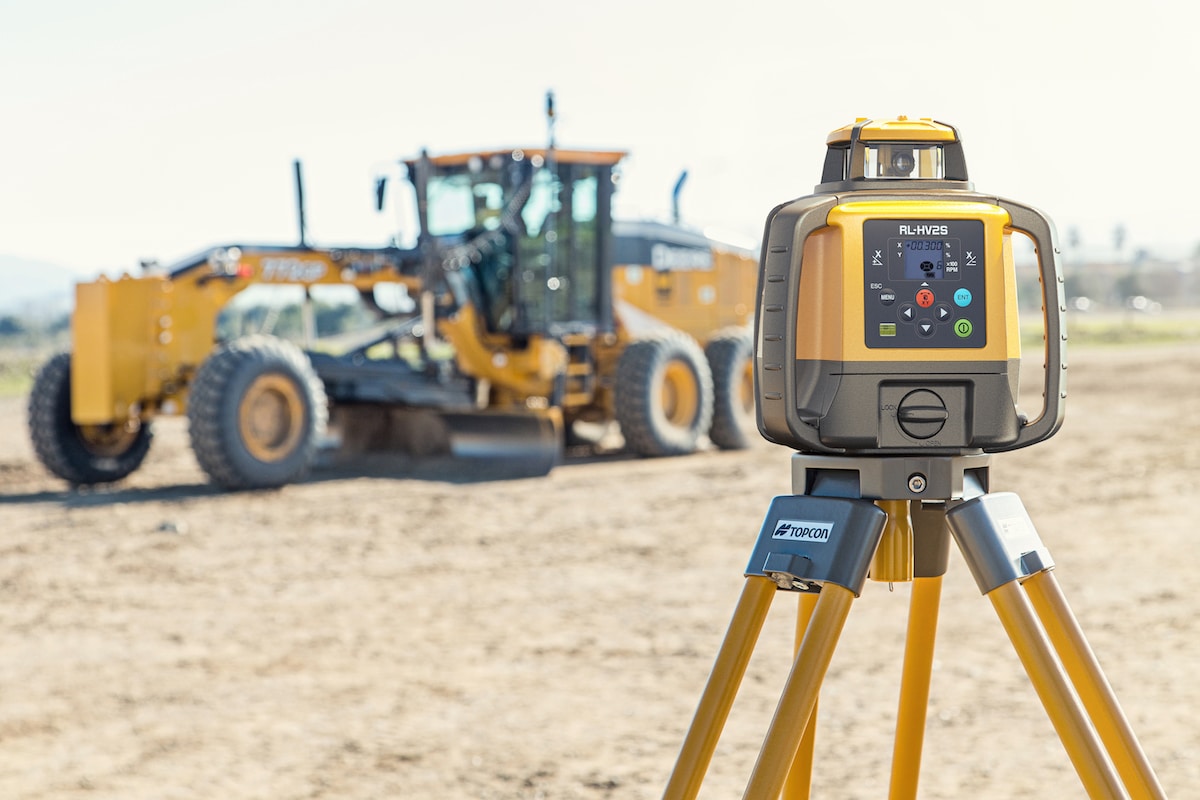
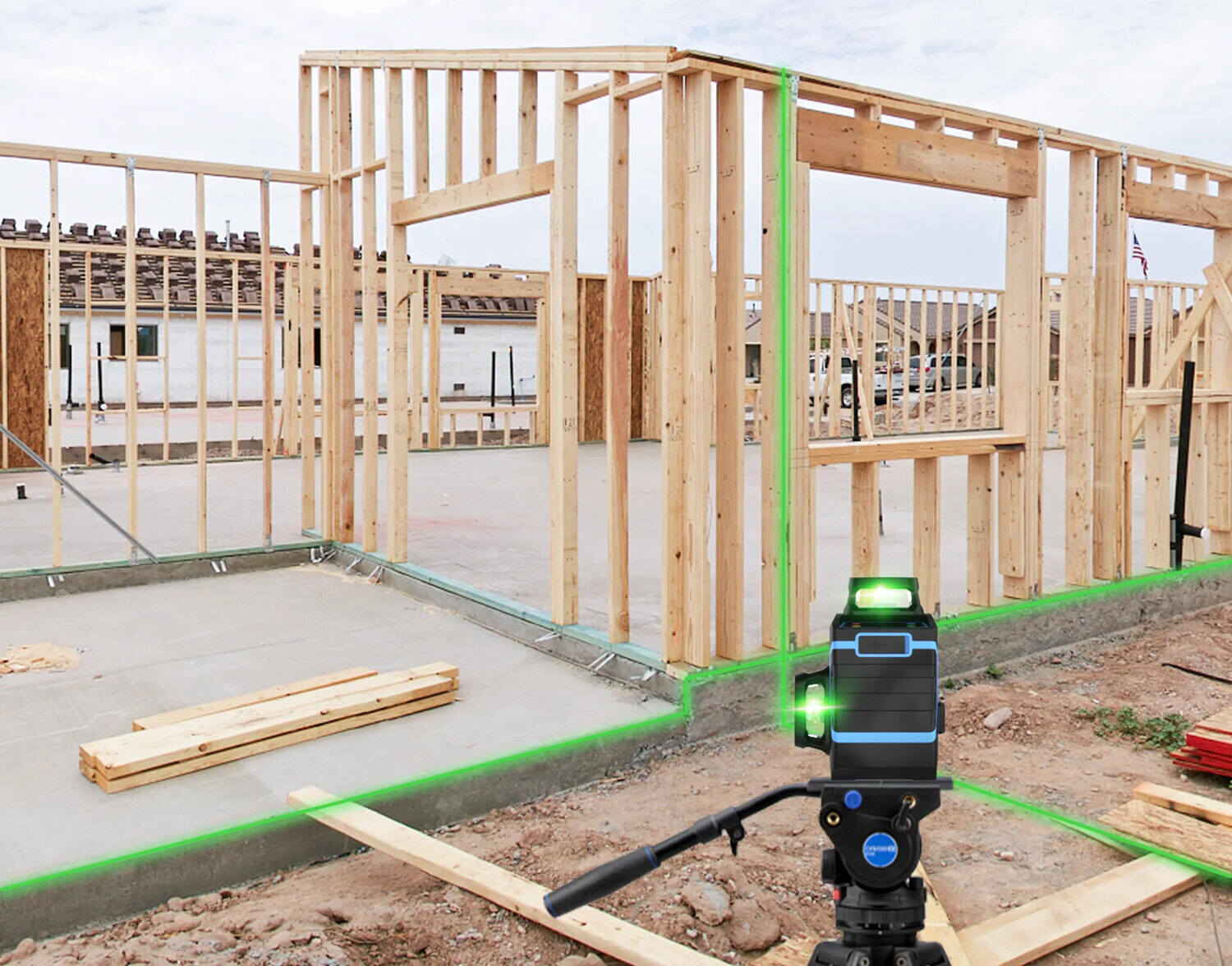
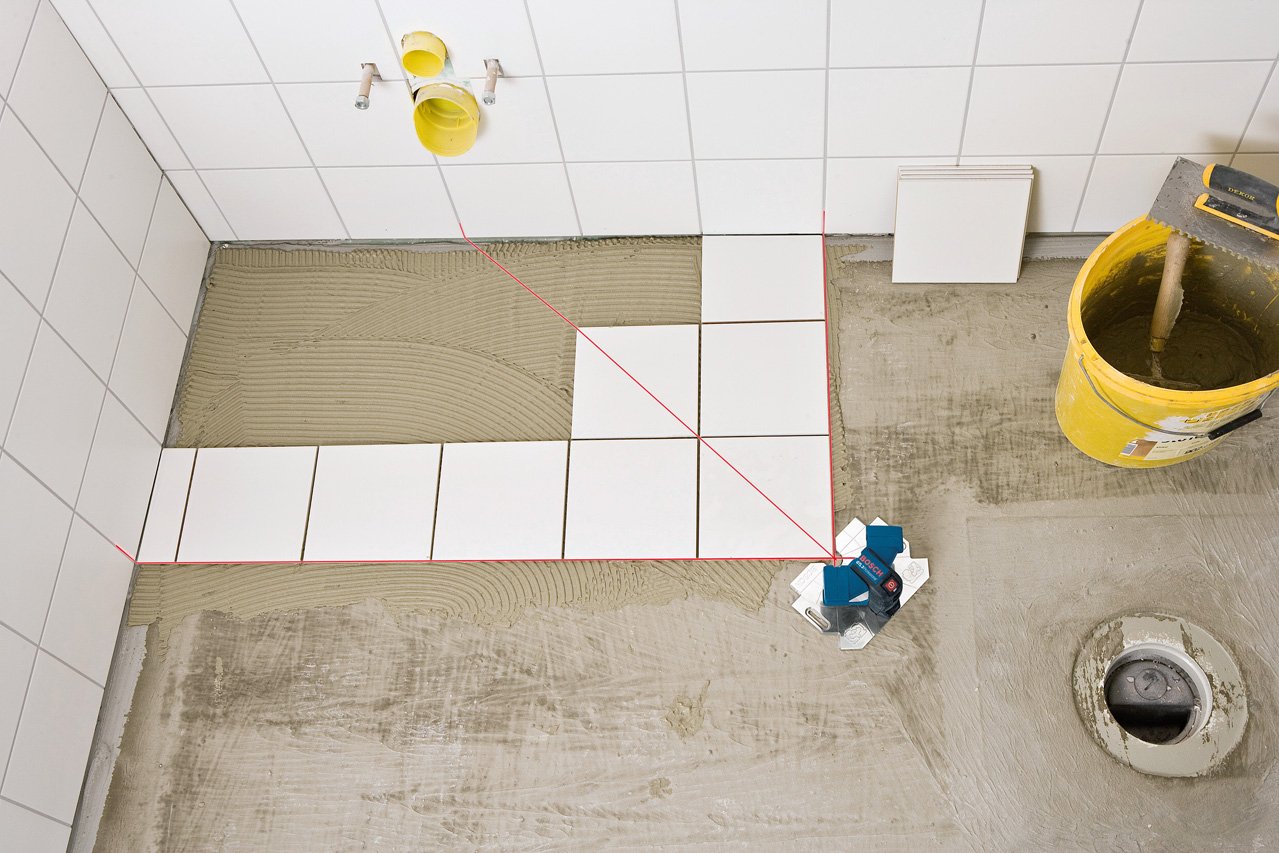
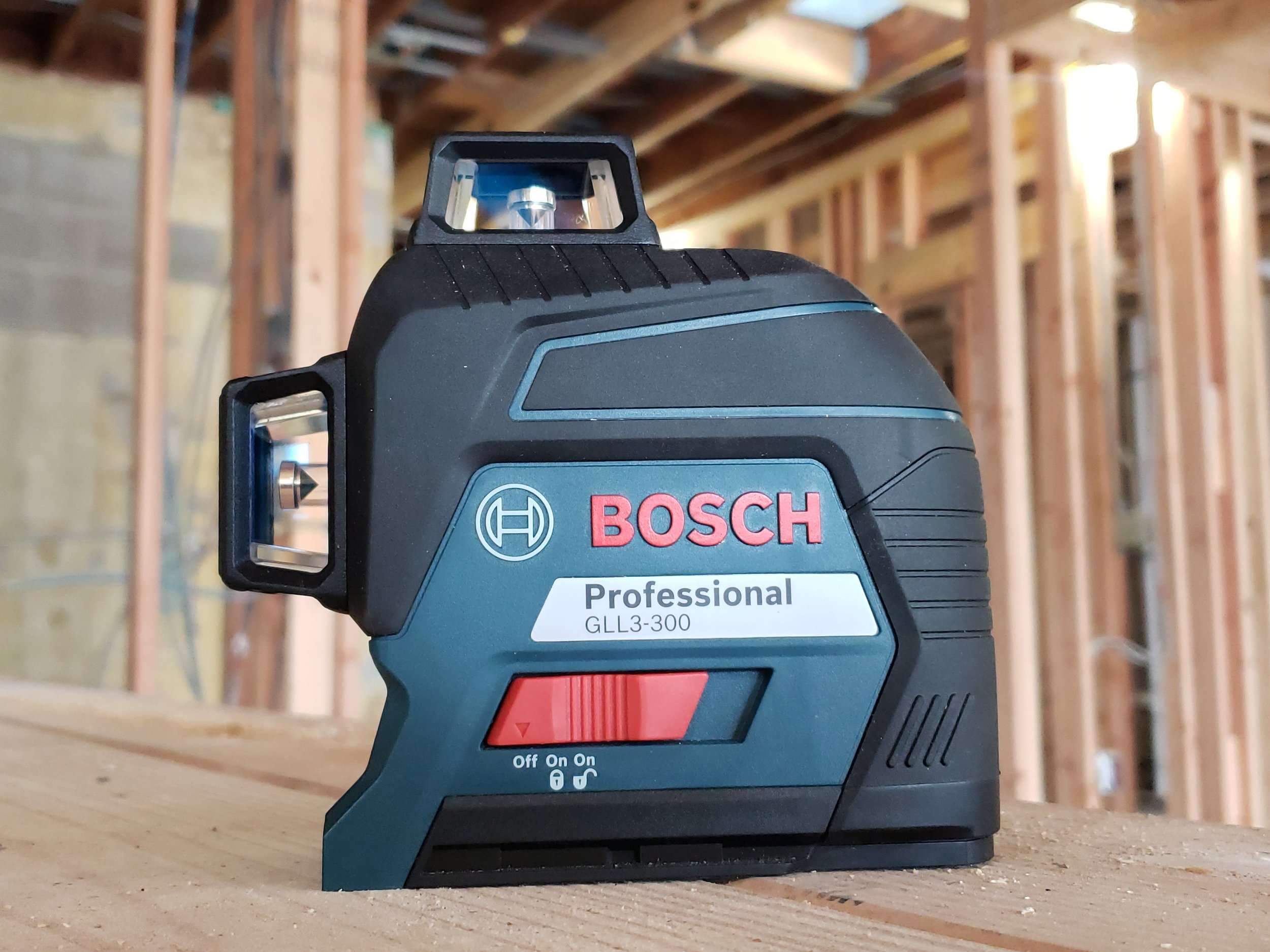


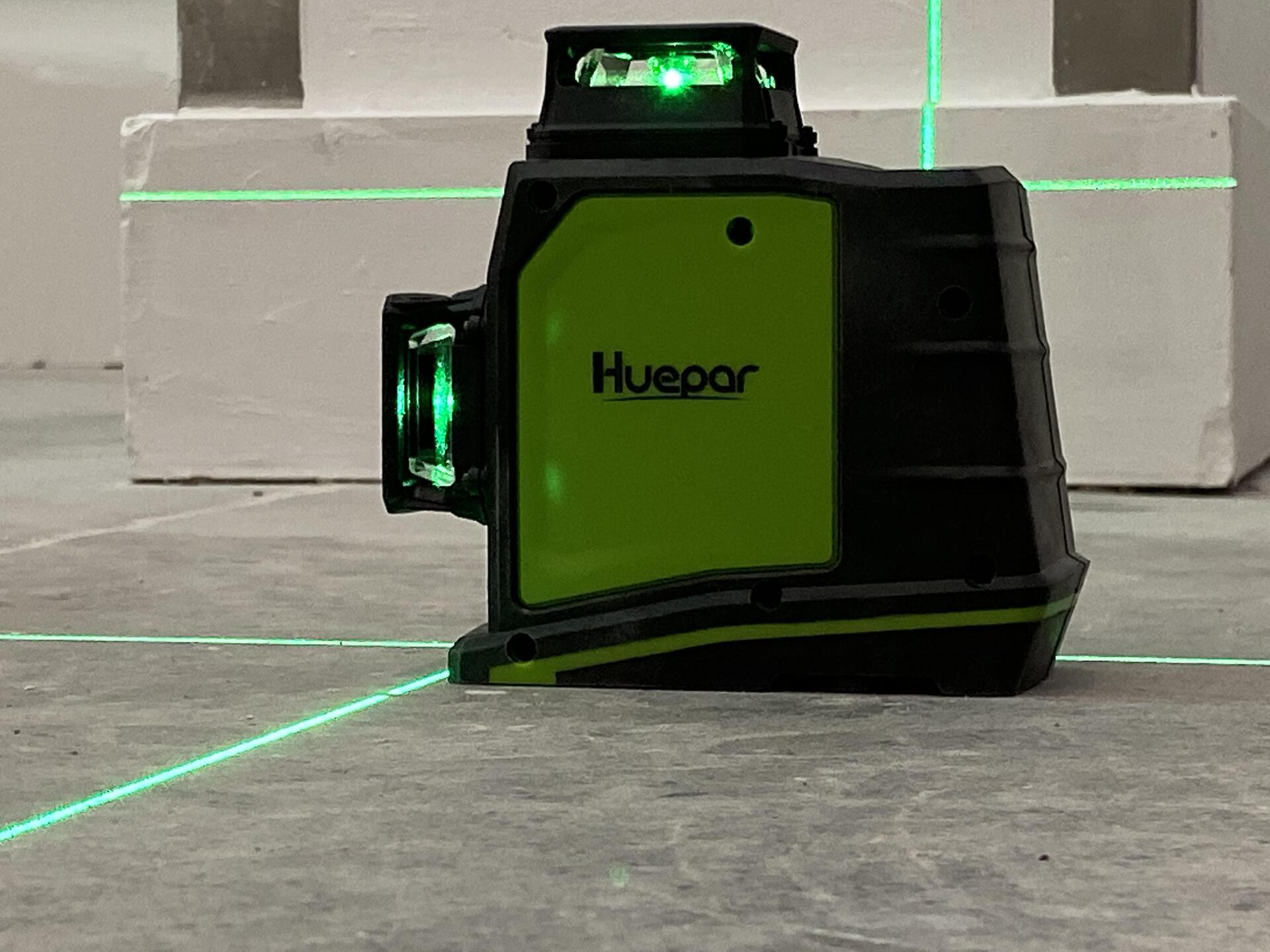

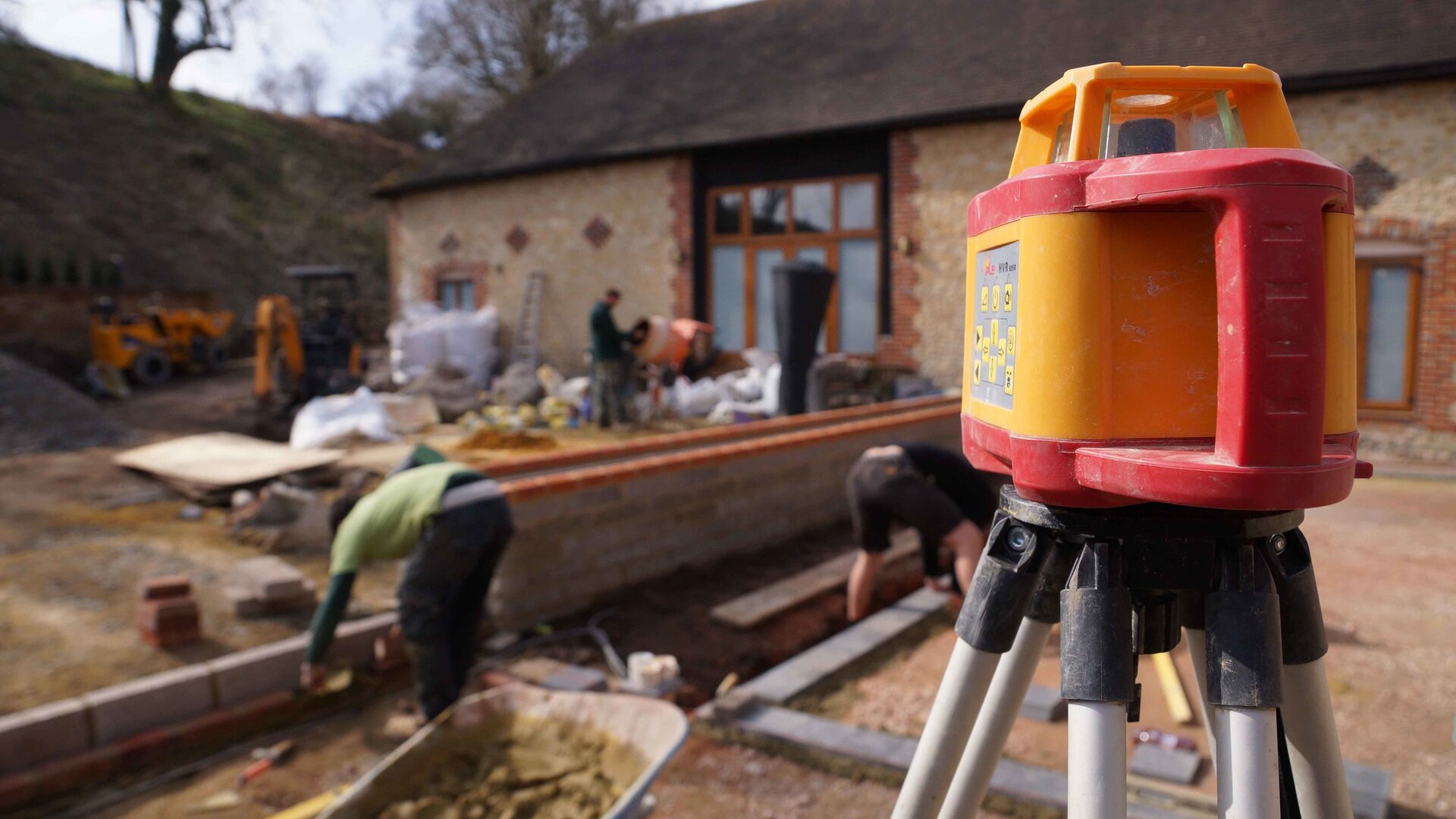
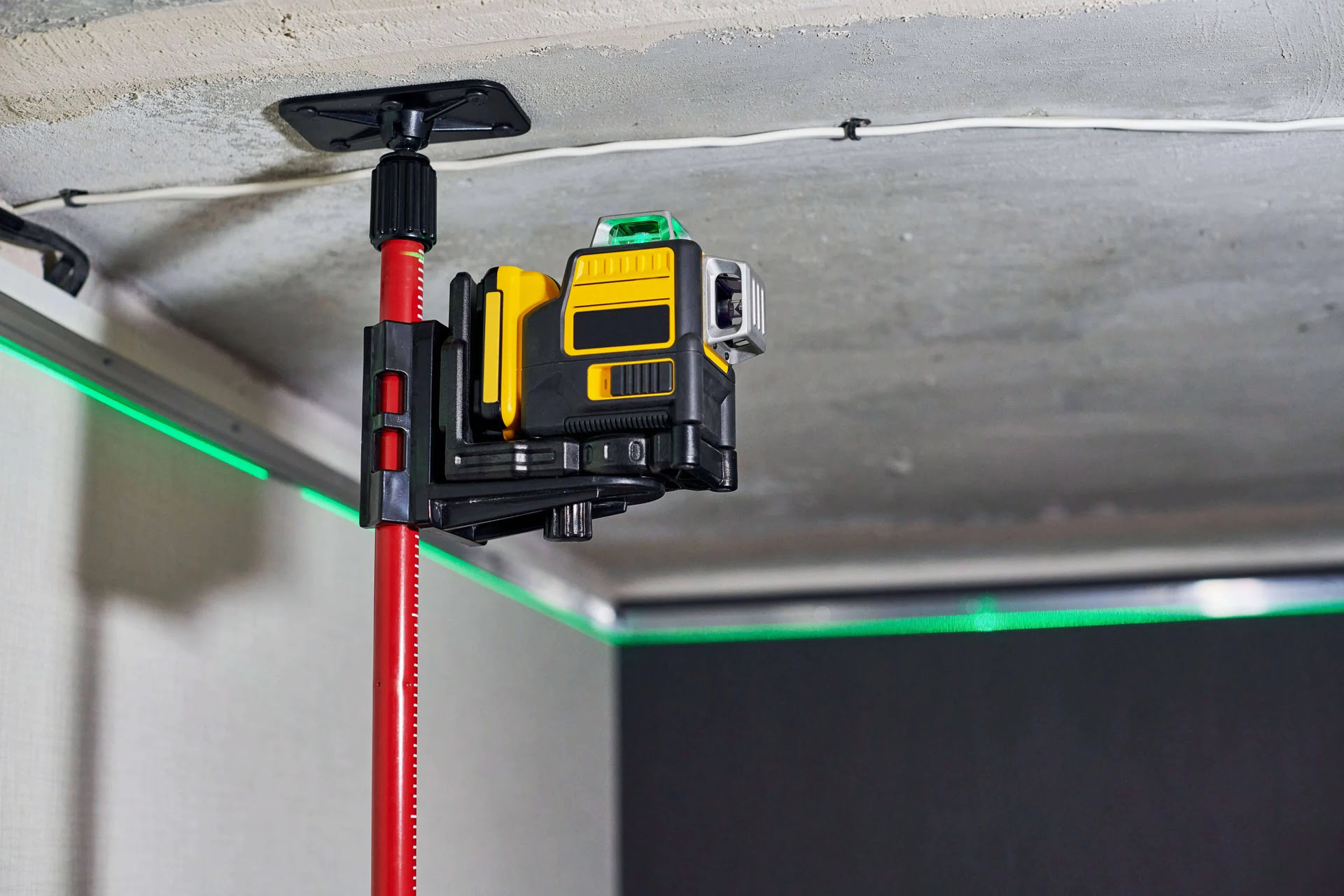
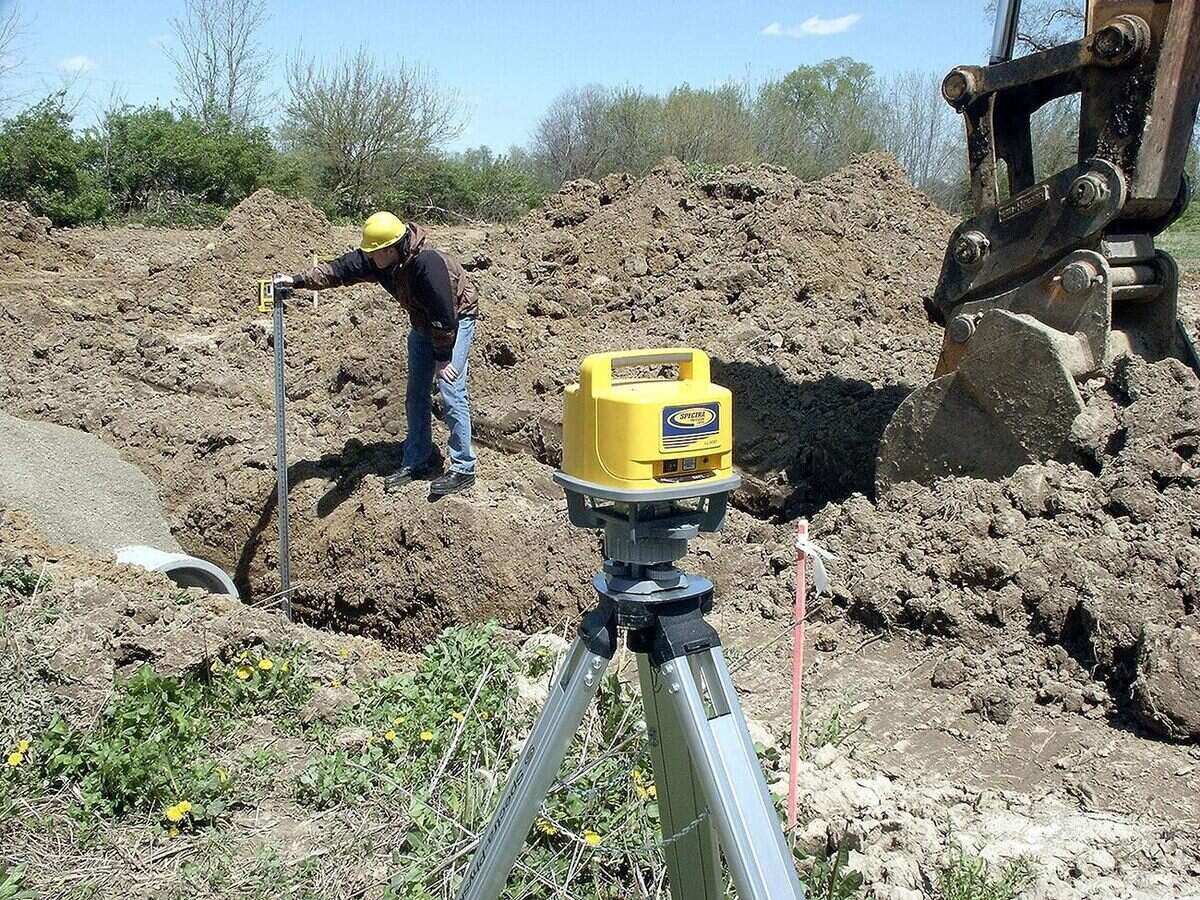
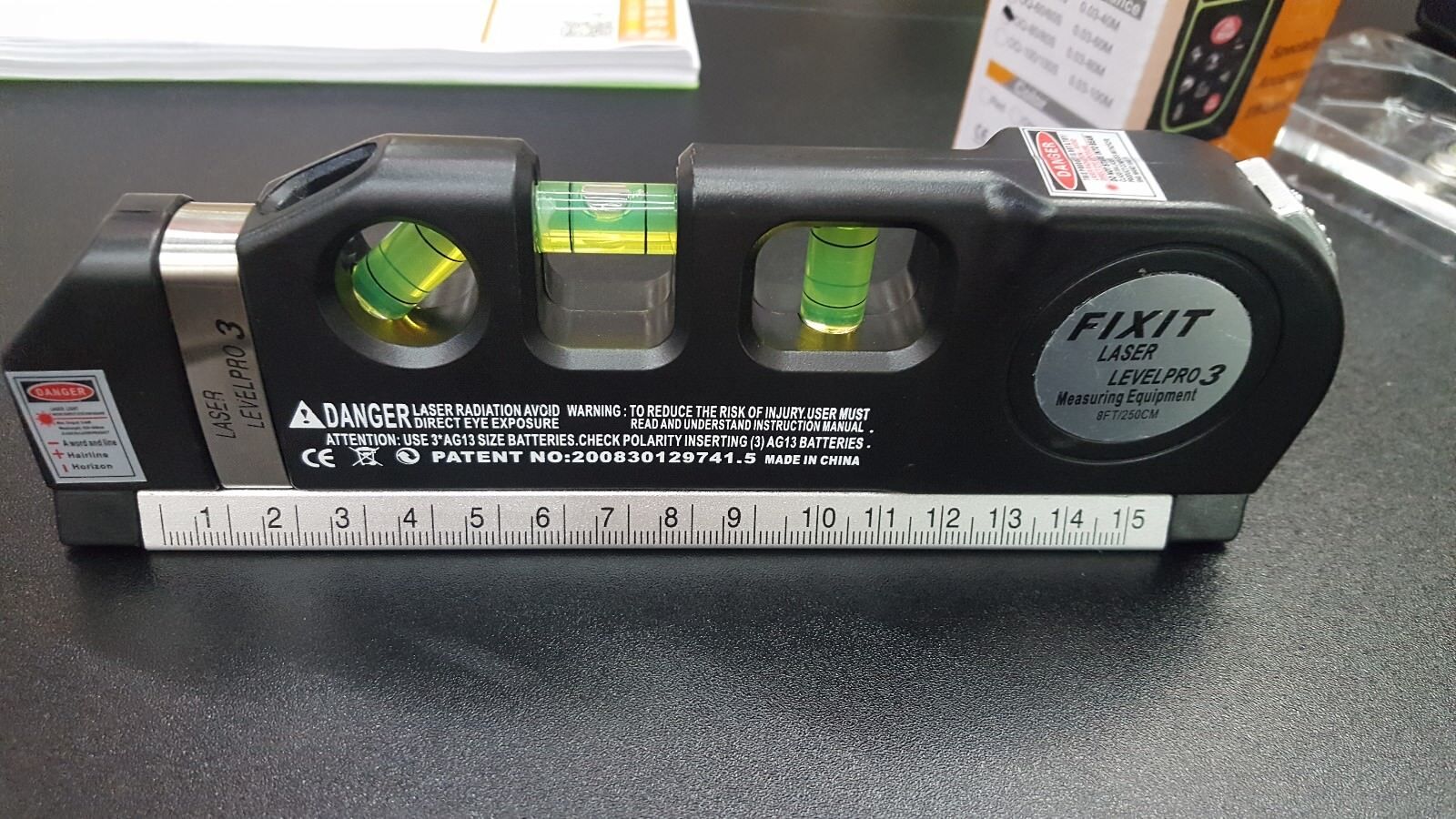

0 thoughts on “How To Use Skil Laser Level”